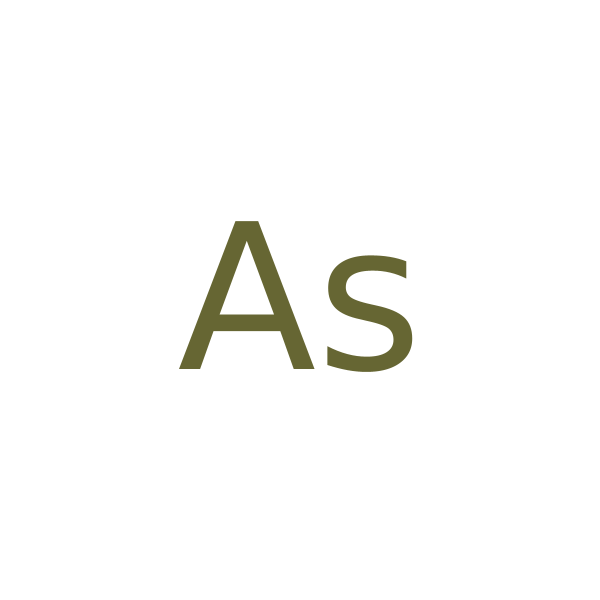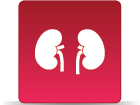Arsenic, Inorganic
CASRN 7440-38-2 | DTXSID4023886
- Toxicological Review (PDF) (318 pp, 17.0 MB, about PDF)
- IRIS Summary (PDF) (6 pp, 422.9 KB, about PDF)
- Workshop & meeting details from the development of the draft IRIS Assessment for inorganic arsenic
IRIS Toxicological Review of Ingested Inorganic Arsenic (SAB External Review Draft, 2005)
On this page:
Alert
Notice - This site contains archived material(s)
Archive disclaimer
Archived files are provided for reference purposes only.
The file was current when produced, but is no longer maintained and may now be outdated.
Persons with disabilities having difficulty accessing archived files may contact the IRIS Webmaster for assistance.
Please use the contact us form if you need additional support.
Overview
EPA's Office of Research and Development (ORD), Office of Pesticide Programs (OPP), and Office of Water (OW) requested the SAB to provide advice to the Agency on several issues about the mode of carcinogenic action of various arsenic species and the implications of these issues for EPA's assessment of the cancer hazard and risks of organic and inorganic arsenic. The panel will review an OPP Science Issue Paper (with an attachment prepared by ORD) and a revised hazard and dose response assessment/characterization for inclusion in the Integrated Risk Information System (IRIS) prepared by OW.Background
Inorganic arsenic is used for hardening copper and lead alloys. It also is used in glass manufacturing as a decolorizing and refining agent, as a component of electrical devices, in the semiconductor industry, and as a catalyst in the production of ethylene oxide. Arsenic compounds are used as a mordant in the textile industry, for preserving hides, as medicinals, pesticides, pigments, and wood preservatives. Approximately 90% of the domestic consumption of arsenic is currently used with production of chromated copper arsenate (CCA), a wood preservative, the production of which is currently being phased out. Arsenic is also found naturally in the environment and is typically present in soil and water at detectable levels. Sources of human exposure to inorganic arsenic include drinking water, diet, air, and soils (which can contain naturally occurring arsenic or contamination from anthropogenic sources). This draft IRIS health assessment addresses only cancer human health effects that may result from chronic exposure to this chemical. An assessment of noncancer health effects of inorganic arsenic will be released for external peer review and public comment at a later date.| Date | Description |
|---|---|
| 1988 | EPA published the IRIS Health Hazard Assessment for Inorganic Arsenic. |
| 1999 | NRC reviewed the 1988 IRIS assessment and the available health data for inorganic arsenic and made recommendations for updating the cancer assessment in Arsenic in Drinking Water. |
| 2001 | NRC updated the NRC (1999) report and evaluated the toxicological risk and health effects of arsenic as relevant to the 2001 Arsenic Rule in Arsenic in Drinking Water – 2001 Update. |
| 2001 | NRC reviewed the 2001 Primary Drinking Water Standard for inorganic Arsenic and made recommendations for applying epidemiologic data in the cancer health assessment. |
| 2003 | EPA started a reassessment of the IRIS assessment for inorganic arsenic. |
| Jul 2005 | EPA submitted the reassessment of cancer assessment for inorganic arsenic to EPA's Science Advisory Board (SAB) for review (see links under downloads). |
| Aug 2005 | SAB Staff hosted a public teleconference and a public face-to-face meeting of the SAB Arsenic Review Panel. [ Jul 26 FR Notice] |
| Jan 2006 | SAB Arsenic Review Panel met to discuss its draft report, Advisory on EPA's Assessments of Carcinogenic Effects of Organic and Inorganic Arsenic. [Dec 27 FR Notice] |
| Feb 2006 | SAB holds two public teleconferences of the SAB Arsenic Review Panel to continue discussions of its draft report, Advisory on EPA's Assessments of Carcinogenic Effects of Organic and Inorganic Arsenic. [Feb 8 FR Notice] |
| Jun 2007 | SAB released a follow-up report to the 2005 draft assessment of inorganic arsenic. |
Download(s)
Document Related Link(s)
- SAB. Advisory on EPA’s Assessments of Carcinogenic Effects of Organic and Inorganic Arsenic: A Report of the US EPA Science Advisory Board (July 2007) (PDF) (88 pp, 422.9 KB, about PDF)
- SAB: Arsenic Health Effects Assessment (Advisory Activity and Report)
- IRIS Toxicological Review of Inorganic Arsenic (Cancer) (Interagency Science Consultation Draft, 2009)
- IRIS Toxicological Review of Inorganic Arsenic (Cancer) (External Review Draft, 2010)
Federal Register Notices
Related Links
Critical Effect Systems
Tumor Sites
Chemical Structure for
Arsenic, Inorganic

Synonyms
- Arsenic
- Arsenic, inorganic
- Arsenic, inorganic
- Gray-arsenic
- 7440-38-2




